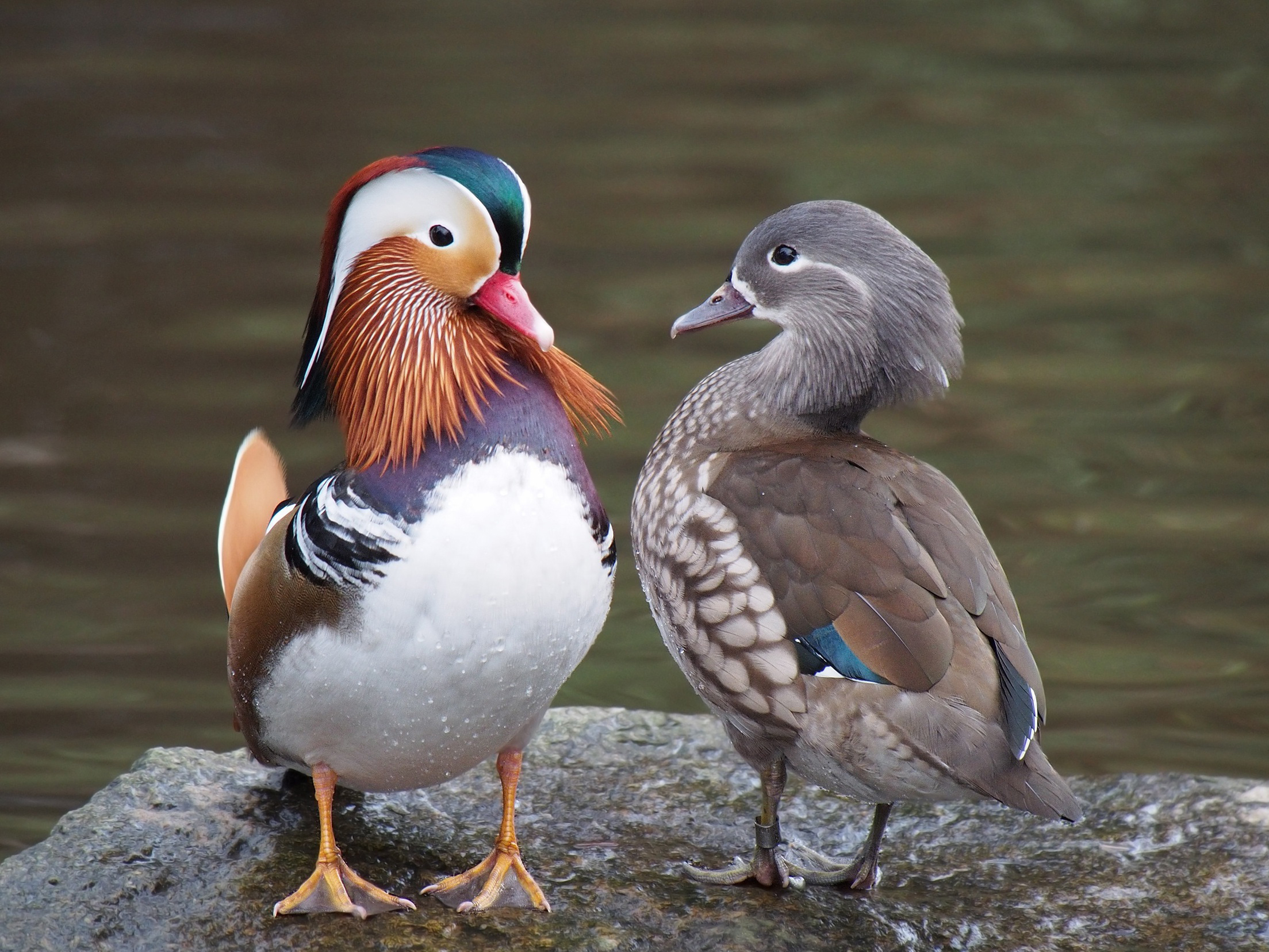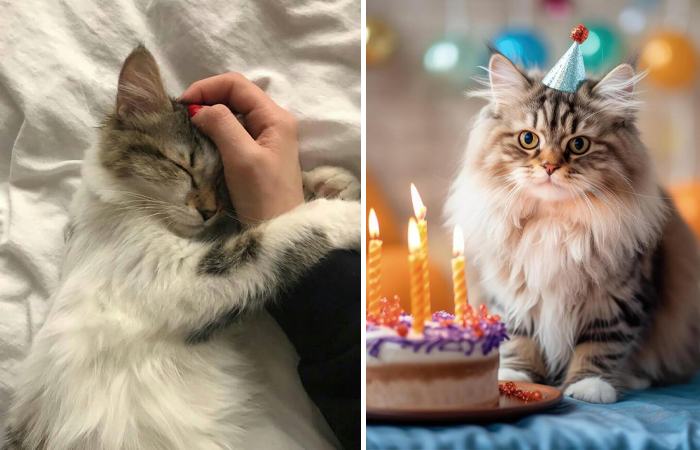Why did nature make male animals more attractive than females?

In the animal kingdom, the diversity of colors, patterns, and physical features is sometimes astounding. The bright and shiny feathers of birds, the bushy tails, and the unusual horns of many mammals are most often seen in males, while such diversity is much less noticeable in females.
Why does nature so often make males so visually attractive? Let’s find out.
1. Partner selection
One of the most obvious answers to this question is natural selection. A bright and attractive male can signal good genetics, health, or ability to care for offspring. Females select such males so that their offspring will also inherit the best genetic traits.
2. Fight for the female
In the animal kingdom, competition between males for mating rights with females is common. In this context, bright coloration or other external characteristics can serve as a warning to other males that they are facing a rival they should not tangle with.
3. Conceal imperfections
Some studies suggest that bright coloration or external decorations may distract predators or other rivals from an animal’s vulnerable body parts.
4. Evolution and adaptations
At different times and in different ecosystems, different animals were subject to different natural selection pressures. In some cases, bright male coloration may have been a random adaptation that eventually became dominant in the population due to its success.
In conclusion, I would like to say that beauty and attractiveness in the animal kingdom play a key role in the survival of species. It is important to remember, however, that nature does not do anything without reason: every detail, every color, and every shape has a function and significance in the vast and complex system of life on our planet.



